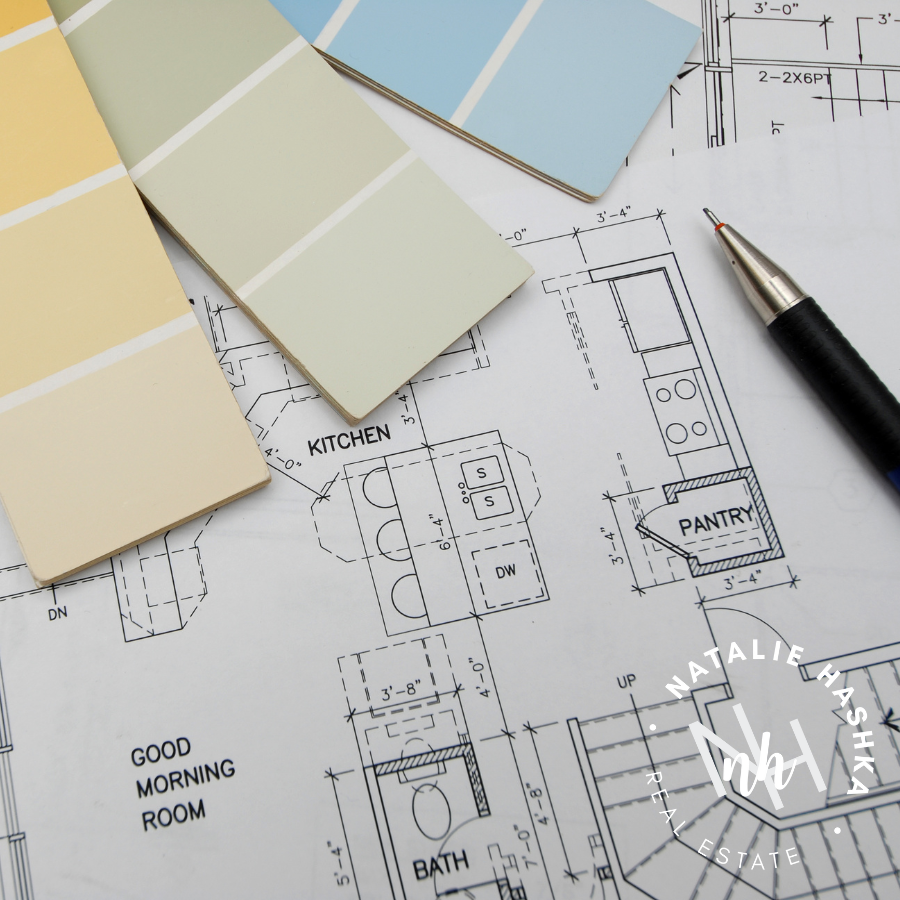
City vs. Country: A Guide to Building Your Dream Home
Building your dream home is an exciting prospect, but it can be a daunting task to choose between building a home in the city or the countryside. Each option has its own unique advantages and disadvantages, and it’s important to weigh them carefully before making a decision. Today, we are going to break down the factors you should consider when making this pivotal decision, along with pros and cons for each.
Municipal and Private Systems:
City Lot: City lots typically come equipped with readily available power, water, and sewer systems, thanks to established urban infrastructure.
This can save time & money during the building process – and help you avoid extra setbacks.
Rural Property: Rural properties may offer lower initial costs but often lack existing infrastructure, requiring additional expenditures for services like setting up your own electricity, septic systems, and wells. You’ll also be responsible for maintaining these & ensuring they are kept up-to-date and in good working condition.
Consulting with a real estate professional can help you understand the specific requirements and potential challenges associated with the different locations you are considering.
Construction Timelines:
City Lot: In urban areas, access to contractors and materials may expedite construction timelines. However, high demand and competition can lead to delays. Permitting processes and HOA approvals may also contribute to project timelines.
Rural Property: Rural construction projects may face challenges due to limited contractor availability and longer lead times for material deliveries. Factors such as site surveys, well drilling, and septic system installations can further extend timelines.
Start the planning process early and establish realistic timelines in collaboration with your builder. Pre-order materials and secure necessary permits well in advance to minimize delays.
Space and Landscaping:
City Lot: Urban lots often offer limited space for expansion, with landscaping options constrained by property size and HOA regulations, if applicable. While your landscaping options might be more limited you also won’t need to spend as much time & money maintaining your yard over time.
Rural Property: The acreage provides ample space for customization and landscaping, allowing homeowners to create their ideal outdoor oasis. Privacy and the opportunity to cultivate gardens or orchards are significant benefits of rural living. Keep in mind that more space also means more upkeep.
Envision your desired outdoor living spaces and consult with a landscaping professional to maximize the potential of your chosen property. Consider factors such as terrain, soil quality, and natural features when planning your landscaping.
Costs:
City Lot: While city properties may have higher upfront costs, access to existing infrastructure can offset some expenses. However, permit fees, HOA dues, and construction costs should be carefully budgeted for. City builds do tend to have higher resale value due to the demand for homes close to amenities.
Rural Property: Rural properties may offer lower land costs, but the need for infrastructure development can increase overall expenses. Costs associated with electricity, septic systems, and well drilling should be factored into your budget.
Before getting started, work closely with your builder and financial advisor to develop a comprehensive budget that accounts for all potential costs, including infrastructure development and ongoing maintenance expenses.
Local Zoning Regulations:
City Lot: Urban areas are often subject to stringent zoning regulations and HOA restrictions, dictating everything from building design to landscaping choices. Compliance with these regulations is essential to avoid costly fines or delays.
Rural Property: While rural zoning regulations may be less restrictive, environmental concerns and land usage restrictions may still apply. Researching zoning ordinances and obtaining necessary permits is crucial for rural construction projects.
Start contact with local planning departments and zoning authorities to understand the regulatory landscape in your chosen location – and any restrictions that might limit your potential dream home build. A real estate professional can also provide valuable guidance on navigating zoning requirements and obtaining permits.
Lifestyle Considerations:
City Lot: City living offers convenient access to amenities, schools, cultural attractions, and employment opportunities. However, urban density and noise levels may not appeal to everyone.
Rural Property: Rural living provides tranquillity, privacy, and the opportunity for a self-sustaining lifestyle. However, remoteness from amenities and services may require careful consideration of lifestyle preferences.
Take time to evaluate your lifestyle priorities and long-term goals to determine which environment best aligns with your needs. Visit prospective neighbourhoods or rural areas to experience the community atmosphere firsthand.
The decision to build a home in the city or country is a deeply personal one that requires careful consideration of various factors. By assessing all of these things thoroughly, you can make an informed choice that suits the needs of you and your family. Remember, consulting with real estate professionals, local planning departments, and experienced builders can provide invaluable support throughout the decision-making process. Whether you choose the vibrancy of urban living or the serenity of rural life, don’t rush the decision – take your time and you’ll be building your dream home before you know it!





